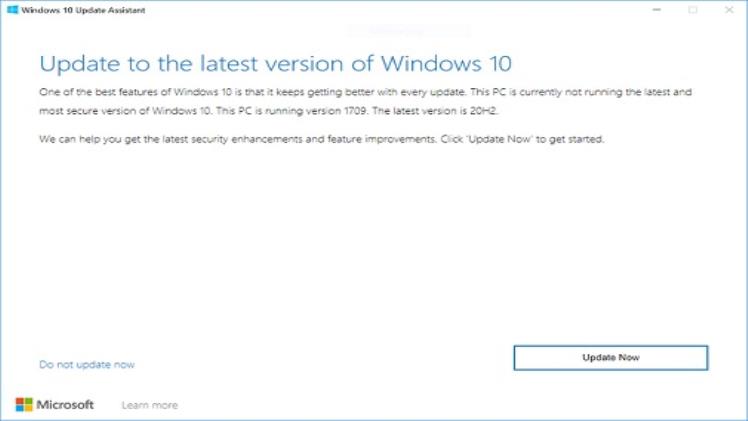When Should You Upgrade to the Latest Version of Microsoft Windows?

If you have been using Windows for years, you have probably wondered when it is time to update. The latest version of Microsoft Windows is Windows 8. It replaces Windows XP and introduced some new features. These features include the ability to maximize or minimize windows, vista wallpaper, and built-in CD burning. It also introduced various auto-update and recovery tools. In this article, we will explore the changes to Windows 8.
The October 2020 Update has made several improvements to Windows, including a slicker Start menu, a more functional Edge web browser, and a number of other worthwhile tweaks. The latest in-between-update features also benefit Windows 10, including the Storage Sense and News and Interests taskbar panels. Storage Sense automatically cleans up temporary files, downloaded installers, and more. It can run on demand or set a schedule.
Windows began as an idea and evolved into a revolutionary product. Its first release, Windows 1, incorporated the company’s founders Bill Gates and Paul Allen. The project was originally code-named Interface Manager, but Gates and Allen soon realized that it was a better name for the operating system. Thousands of people worldwide are now running the latest version of Windows. You can upgrade your computer’s operating system in just a few easy steps.
Windows 10 was released on 30 September 2014, and it was intended to be the last version of Windows, but the company has a variety of features planned for the new release. The start screen is back, along with touch-screen optimizations, and the multitasking features. The new OS also includes Cortana, Microsoft’s personal digital assistant. The new version of Windows is also said to be the safest version to date. Users can upgrade for free, but they must meet certain system requirements.
